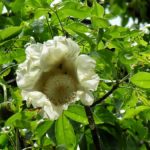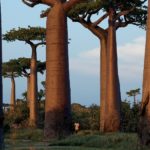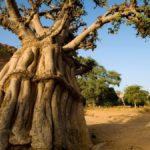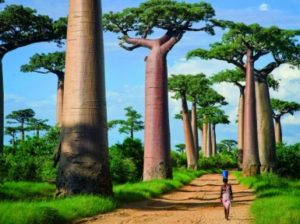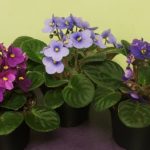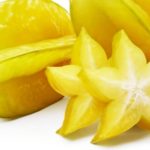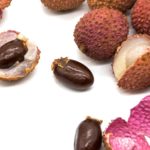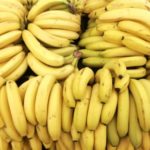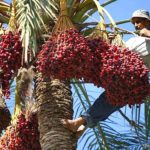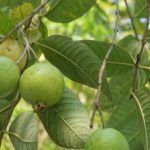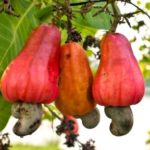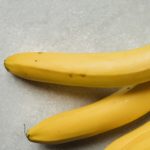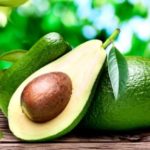Interesting facts about baobabs
 Baobab – a powerful tree, immediately evoking associations with a hot African savanna. This is true, baobabs grow mainly in tropical African territories. This tree is truly unique, and it has many of the most unexpected uses.
Baobab – a powerful tree, immediately evoking associations with a hot African savanna. This is true, baobabs grow mainly in tropical African territories. This tree is truly unique, and it has many of the most unexpected uses.
In the regions where baobabs grow, it is not cold in winter, but very dry, so baobabs drop foliage for the winter.
The dried shells of the baobab fruit are used by some African tribes as glasses.
In Kenya, of the fruits of baobab make sweets.
Flowers baobab live only one night. Opening in the evening, they smell nice, but by the morning they wither and start to stink of rot.
The height of baobabs is usually only 2.5-3 times greater than their own diameter.
The felled baobab is quite capable of releasing new roots and thus surviving.
Baobabs live up to a thousand years.
Unlike most other trees, baobabs do not have annual rings.
From the bark of the baobab, a strong fiber is made, which goes to the making of ropes, and from the ash of the bark – medicines for colds that are in use in some African peoples.
Young leaves of baobab are used as ingredients for salad.
One of the unofficial names of baobab is a lemonade tree, because the pulp of its fruits, dried, crushed and dissolved in water, gives a drink that really resembles a lemonade.
Of the fried baobab fruits make another drink, similar to coffee.
Baobab is present on the arms of the two countries.
The largest of the known trees of this breed reach fifty meters in girth.
The barrel-shaped barrel of the baobab is able to store water in large quantities, since its porous wood is capable of absorbing a huge amount of moisture.
Most of the old baobabs are hollow.
In Zimbabwe, there is a bus station located in the trunk of a giant baobab.
